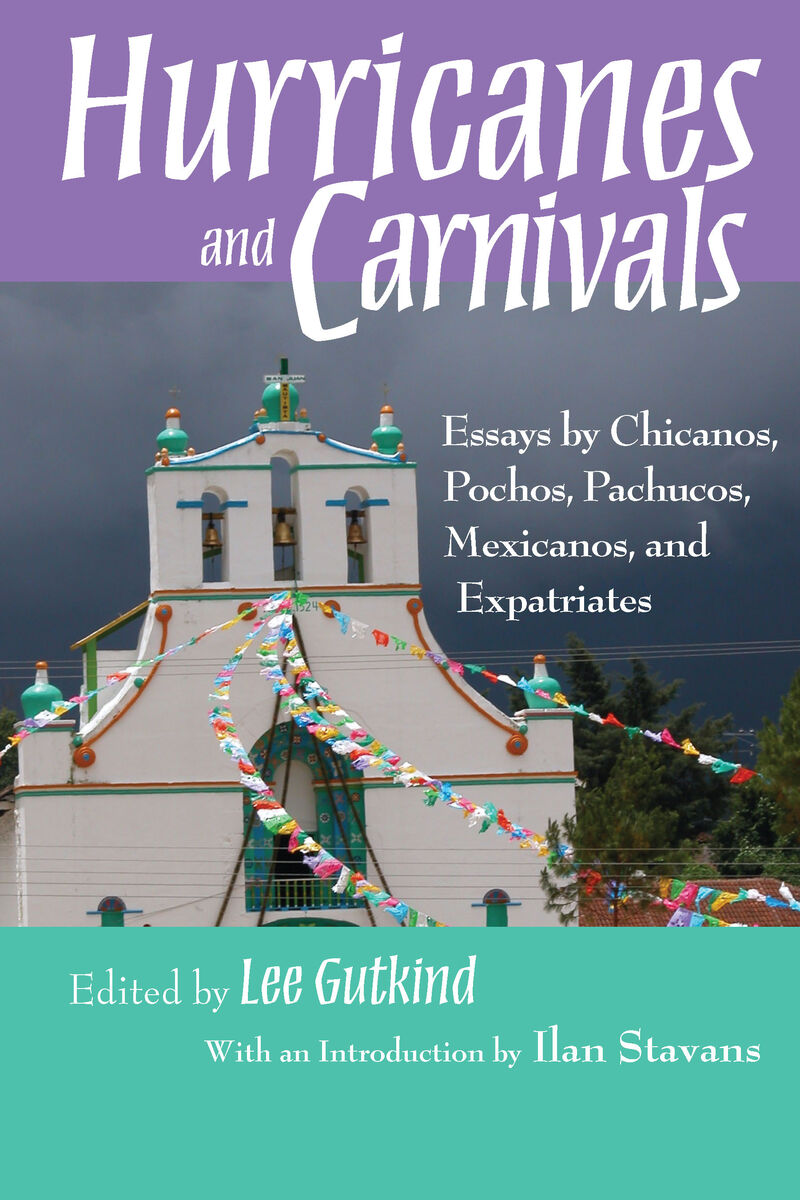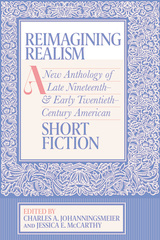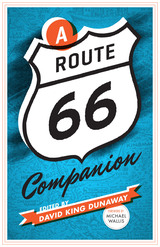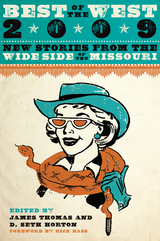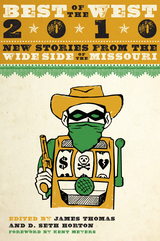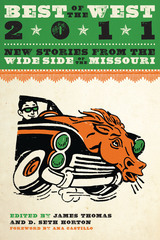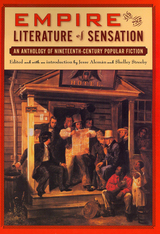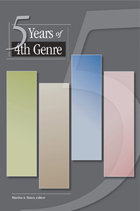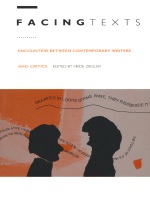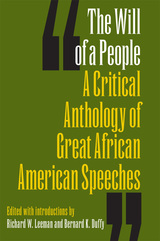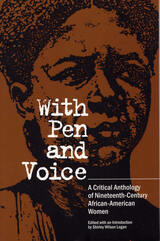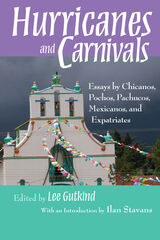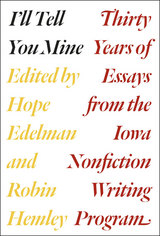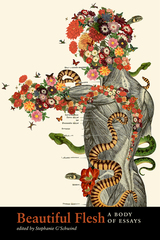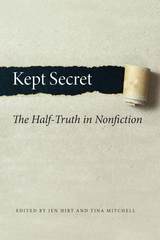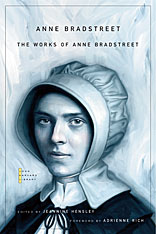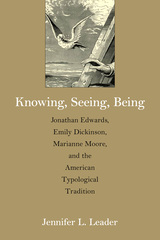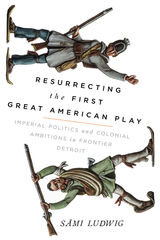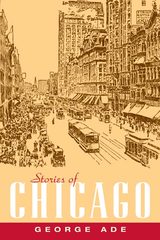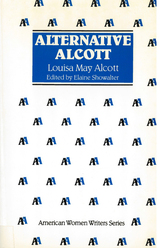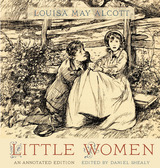Hurricanes and Carnivals: Essays by Chicanos, Pochos, Pachucos, Mexicanos, and Expatriates
University of Arizona Press, 2007
Paper: 978-0-8165-2625-3
Library of Congress Classification PS683.M49H87 2007
Dewey Decimal Classification 814.5408672073
Paper: 978-0-8165-2625-3
Library of Congress Classification PS683.M49H87 2007
Dewey Decimal Classification 814.5408672073
ABOUT THIS BOOK | REVIEWS | TOC
ABOUT THIS BOOK
“In Mexico,” writes Ilan Stavans in the introduction to this provocative new collection on Mexican culture and politics, “[the essay] is embraced as passionately as a sport.” While the American essay may be personal and confessional or erudite and academic, it is presumed to be truthful. By contrast, the Mexican essay pushes the boundaries between fact and fiction as writers seek to make their opinions heard—in literary journals, in newspapers, and even on cereal boxes. “What is real and what isn’t in a Mexican essay, only God knows,” concludes Stavans. In Hurricanes and Carnivals, Lee Gutkind, a pioneer in the teaching of creative nonfiction, brings together fifteen essays by Mexican, Mexican American, and Latin American writers that push the boundaries of style and form, showing that navigating “truth” is anything but clear-cut. Although creative nonfiction is widely thought to be an American art form, this collection proves otherwise. By blending fact and fiction, story and fantasy, history and mythology, these writers and others push the bounds of the essay to present a vision of Mexico rarely seen from this side of the border. Addressing topics that include immigration, politics, ecology, violence, family, and sexuality, they take literary license on a whirlwind adventure. C. M. Mayo shows us Mexico City as seen through the eyes of her pug, Picadou; Juan Villoro examines modern Mexico through the lens of demography; Homero Aridjis uses the plight of nesting sea turtles to document a slowly changing Mexican attitude toward natural resources; and Sam Quinones documents the decline of beauty-queen addiction in Mazatlán and tells us about the flower festivals where, according to lore, only two things matter: hurricanes and carnivals. For readers interested in a literary view of contemporary Mexico, as well as students of the creative nonfiction genre, this volume is essential
See other books on: American essays | Carnivals | Hurricanes | Mexican American authors | Stavans, Ilan
See other titles from University of Arizona Press
